Phycoremediation may be defined in a broad sense as the use of macro algae or micro algae for the removal or biotransformation of pollutants, including nutrients and xenobiotics from wastewater and CO2 from waste air (Olguín, 2003). Microalgae play an important role during the tertiary treatment of domestic wastewater in maturation ponds or the treatment of small–middle-scale municipal wastewater in facultative or aerobic ponds (Aziz and Ng, 1993; Abeliovich, 1986; Mara and Pearson, 1986; Oswald, 1988, 1995). Micro algae enhance the removal of nutrients, heavy metals and pathogens and furnish O2 to heterotrophic aerobic bacteria to mineralize organic pollutants, using in turn the CO2 released from bacterial respiration . Photosynthetic aeration is therefore especially interesting to reduce operation costs and limit the risks for pollutant volatilization under mechanical aeration and recent studies have shown that microalgae can indeed support the aerobic degradation of various hazardous contaminants (Mun˜ oz et al., 2004). Hazardous pollutants include a wide range of toxic and/or persistent substances that can be found in all environmental compartments. The present thesis deals with the application of algal-based processes for the detoxification of industrial effluents under aerobic conditions (biodegradation of recalcitrant and toxic contaminants).
Phycoremediation potentials of micro algae:
The mechanisms involved in micro algal nutrient removal from industrial wastewater are similar than that from domestic wastewater treatment. Algae-based treatment is especially interesting in the case of N-containing contaminants whose biodegradation normally leads to NH4+ or NO3 _ release. (Mun˜ oz et al., 2005a, b).
Heavy metals represent an important group of hazardous contaminants often found in industrial wastewater (Kratochvil and Volesky, 1998). Microalgae can be efficiently used to remove these (Can˜ izares- Villanueva, 2000). Microalgae can biodegrade hazardous organic pollutants. Micro algal species have been successfully used for the treatment of olive oil mill wastewater and paper industry wastewater (Abeliovich and Weisman, 1978; Narro, 1987). Lima et al. (2003) reported -nitrophenol removal by a consortium of micro algae.
Phycoremediation of industrial effluents:
Proper management is industrial effluent is very essential for saving the environment. Careless and indiscriminate disposal of effluents have already caused major environmental and health problems. Technology should be developed not only to prevent further pollution but also remediate already polluted areas and make them habitable. Bioremediation can help manage effluents very effectively than the conventional methods.
Conventional methods vs Algal technology
Industrial effluents are conventionally treated using a variety of hazardous chemicals for pH correction, sludge removal, colour removal and odour removal. Extensive use of chemicals for effluent treatment results in huge amount of sludge which forms the so called hazardous solid waste generated by the industry and finally disposed by depositing them in landfills. Algal technology avoids use of chemicals and the whole process of effluent treatment is simplified. There is considerable reduction in sludge formation. Algal technology is highly economical and eco-friendly.
Dr V Sivasubramanian and his team has implemented algae based treatment technology in industries in India and abroad. pH correction, sludge reduction/removal, BOD and COD reduction have been achieved through Phycoremediation..MORE
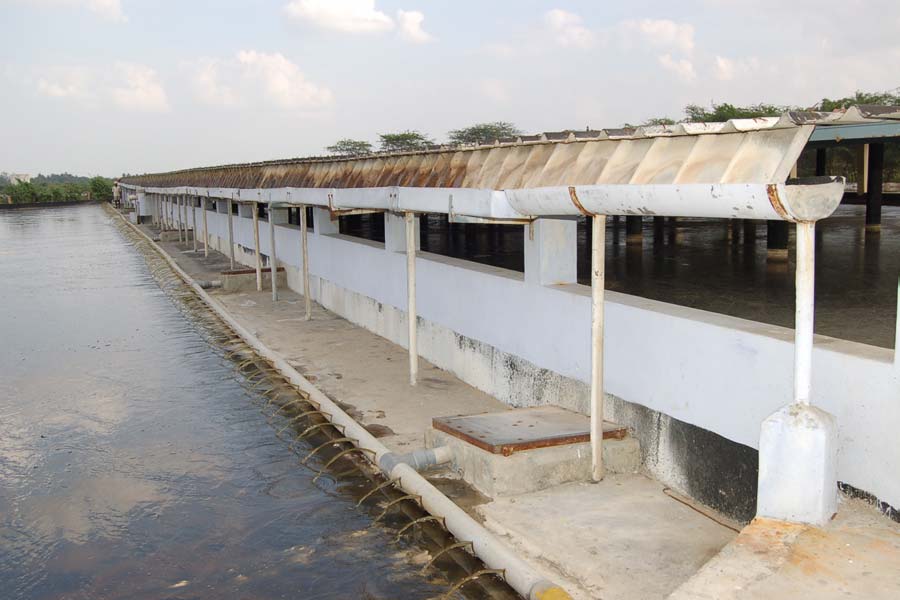
SNAP ALGINATES - World's First Phycoremediation Plant
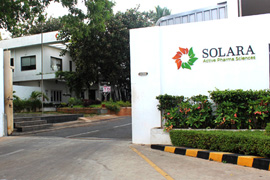
SOLARA ACTIVE PHARMA
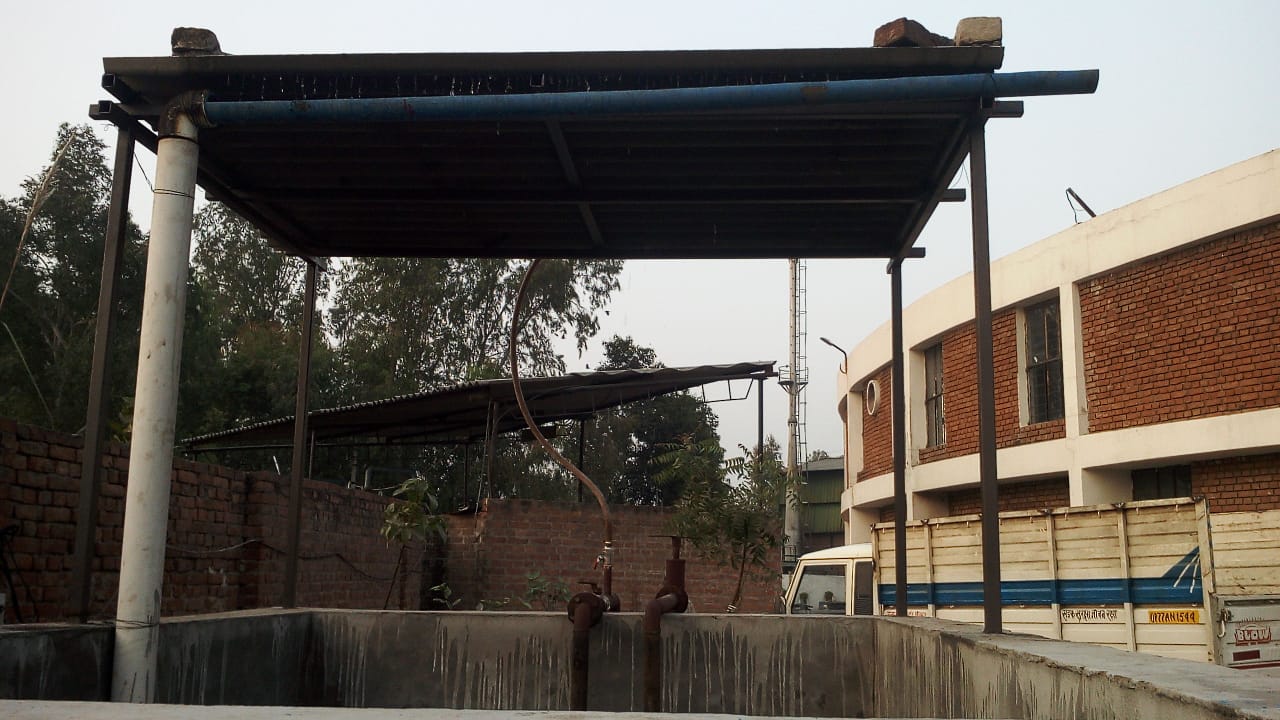
PRACHI LEATHERS, KANPUR
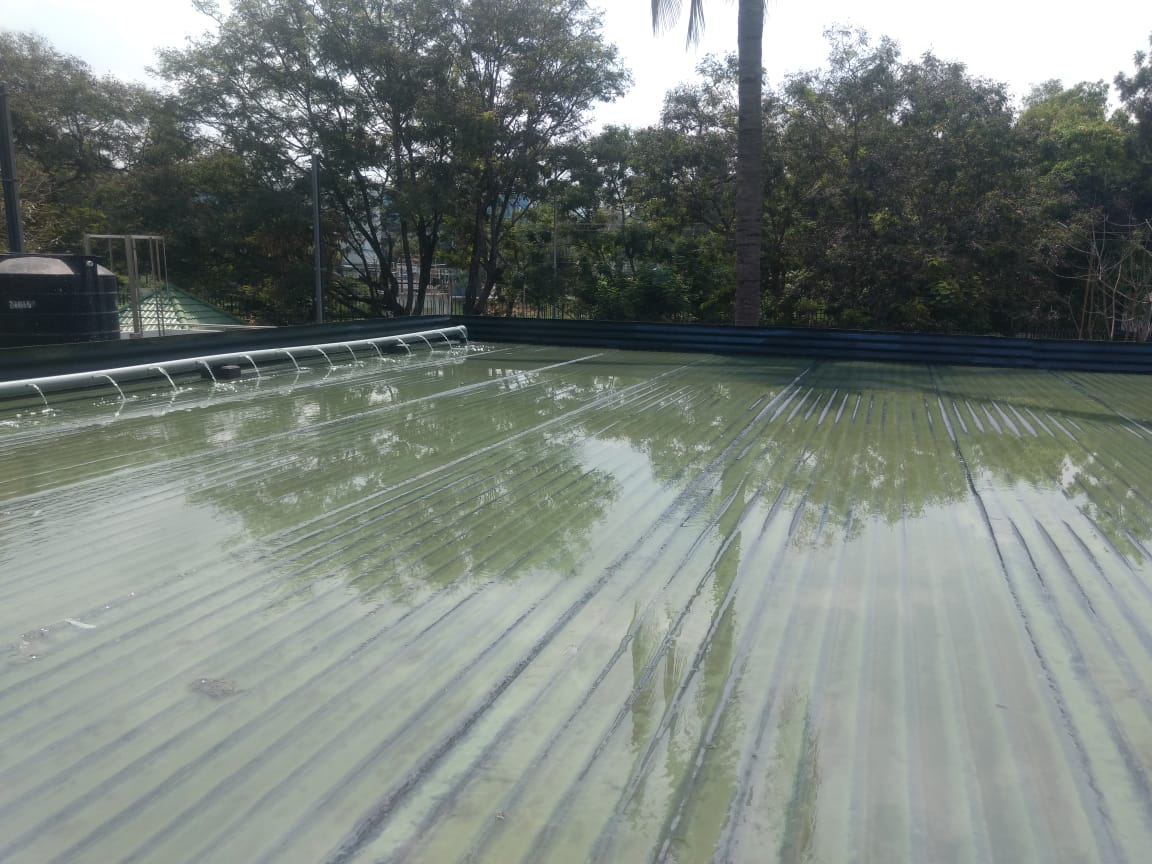
TITAN, Hosur, India
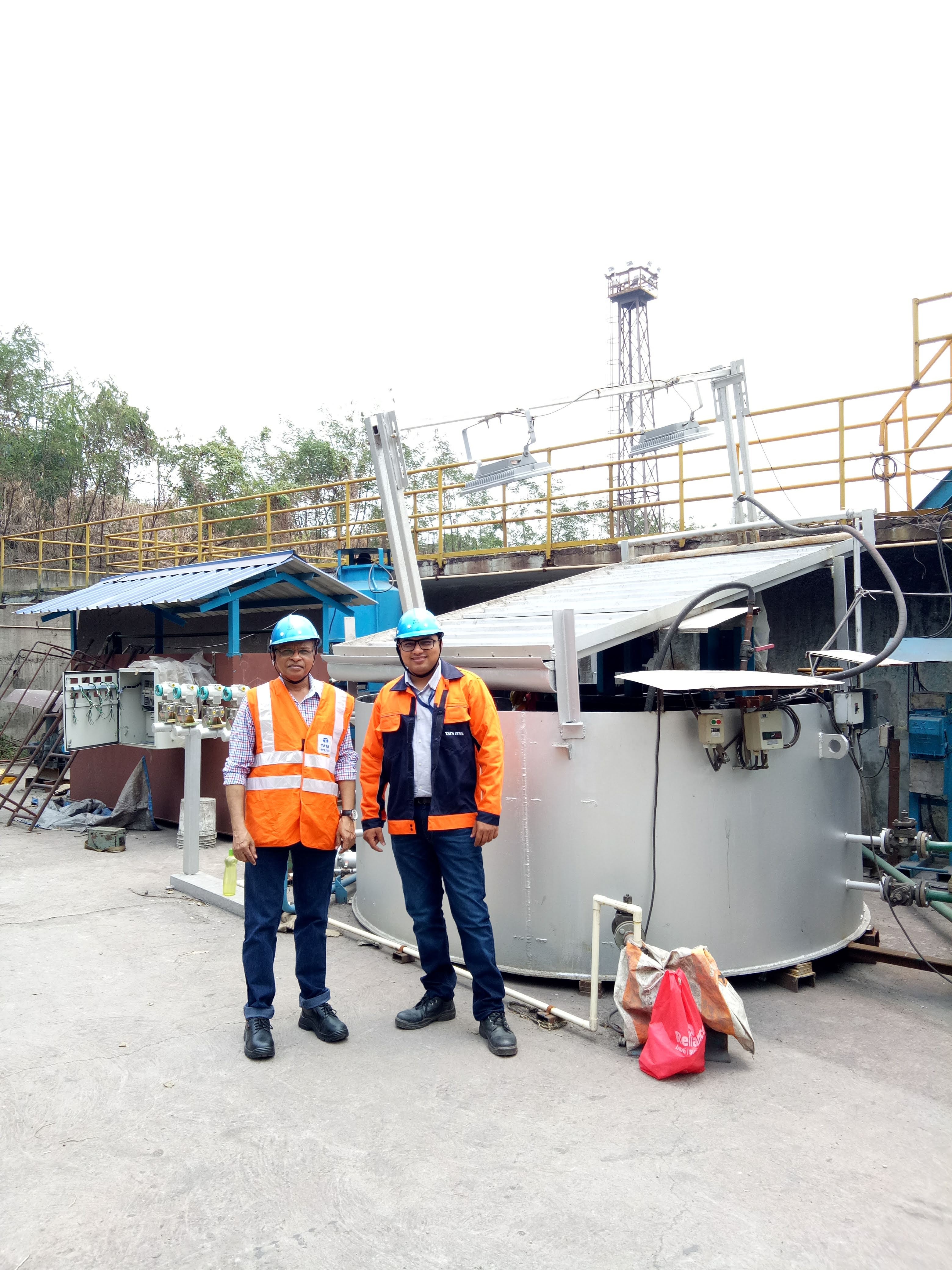
TATA STEEL, JAMSHEDPUR
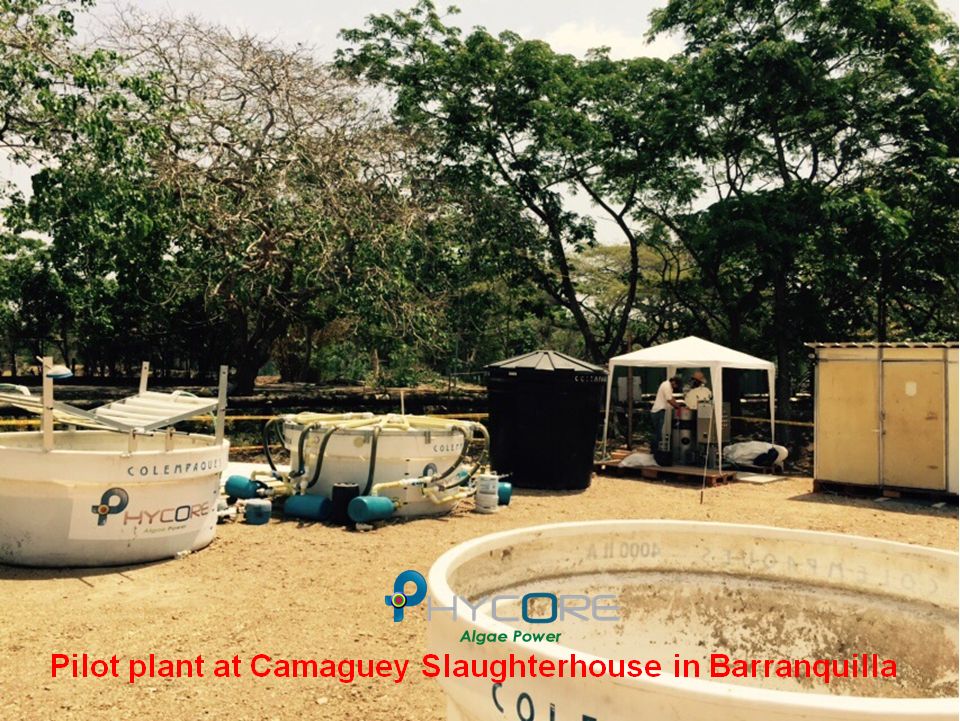
Camaguey Slaughter House, Barranquilla, Colombia
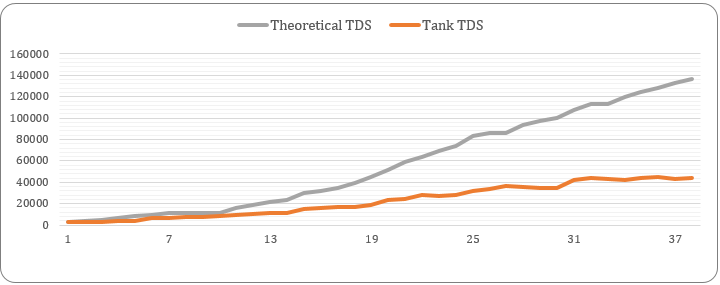
KH Exports, Ranipet, Tamilnadu, India - Leather Industry
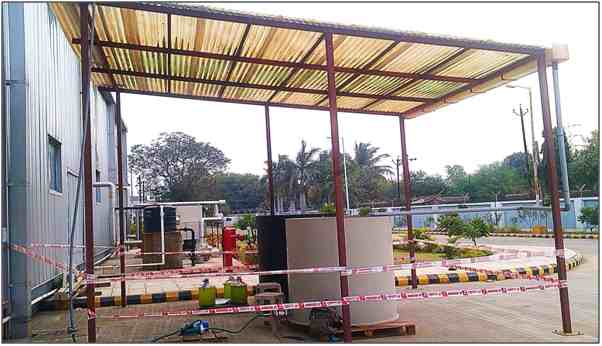
Hettich Appliances India LTD, Vadodra, India
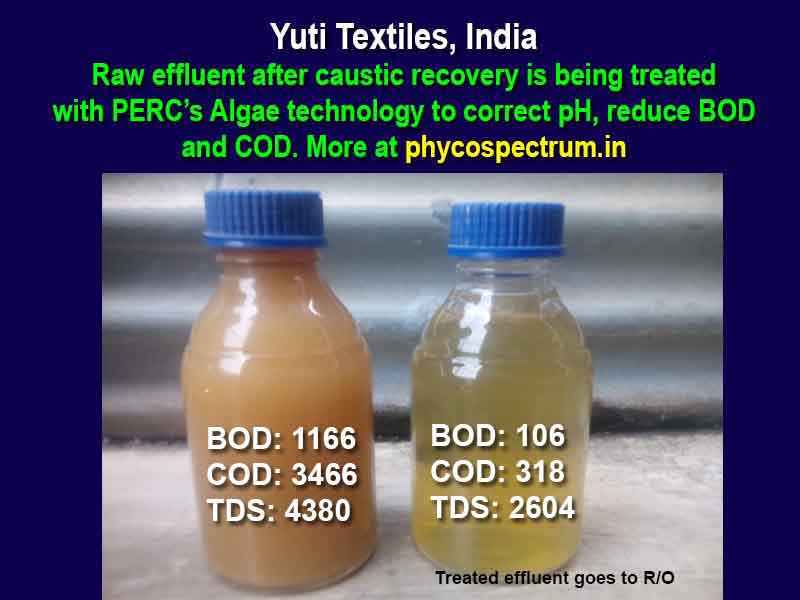
Yuti textiles, India
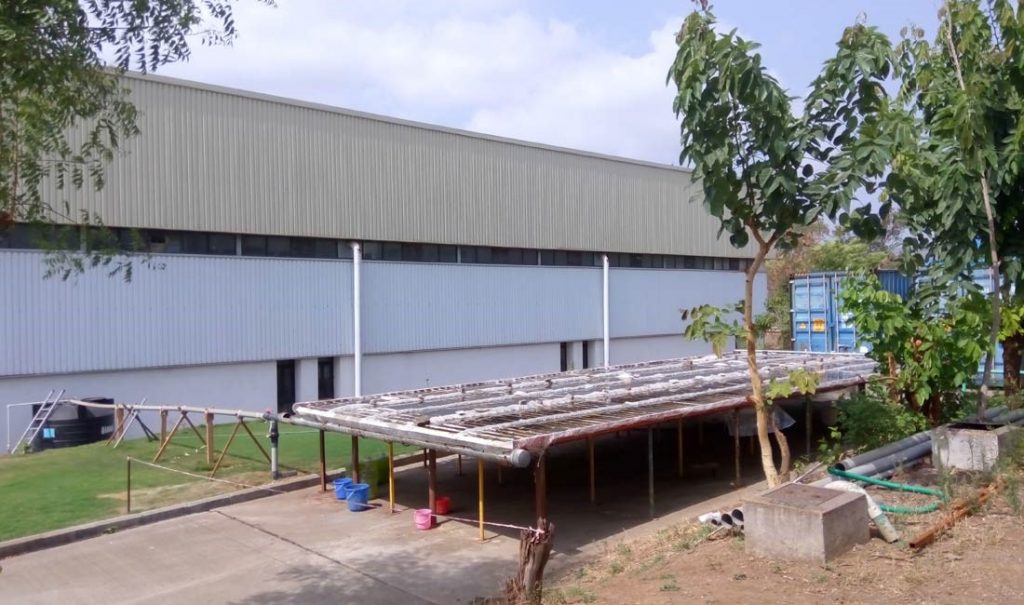
Brintons Carpets, Pune
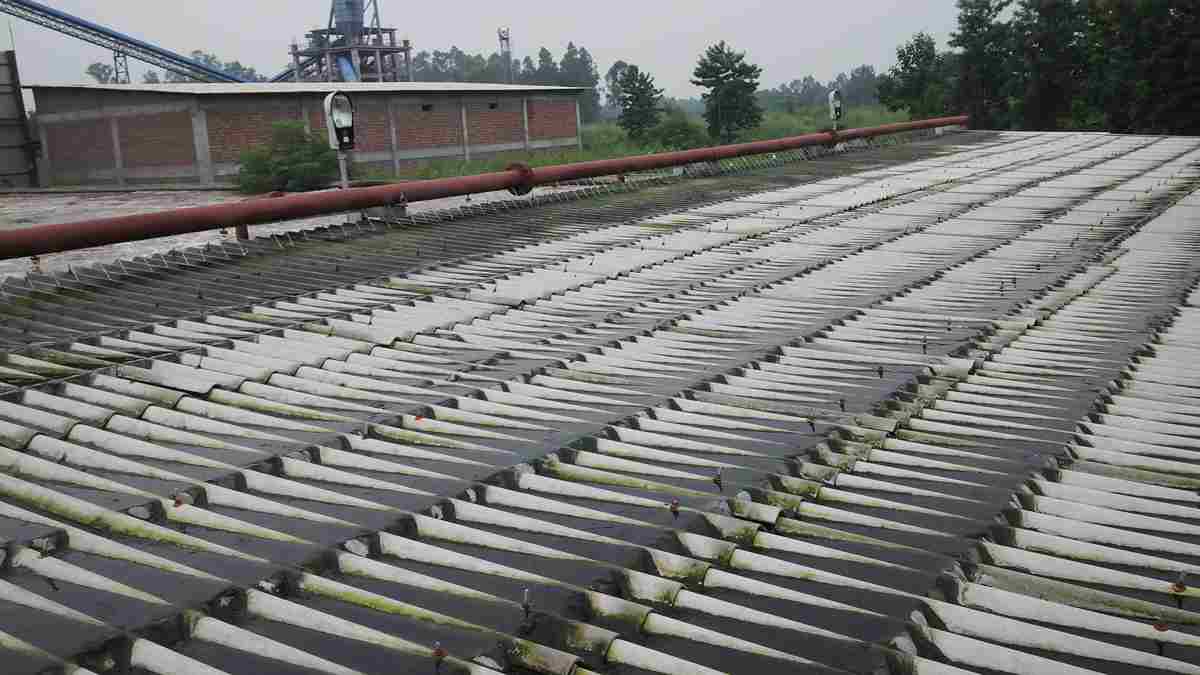
Pasupati Acrylon, Kashipur, UP
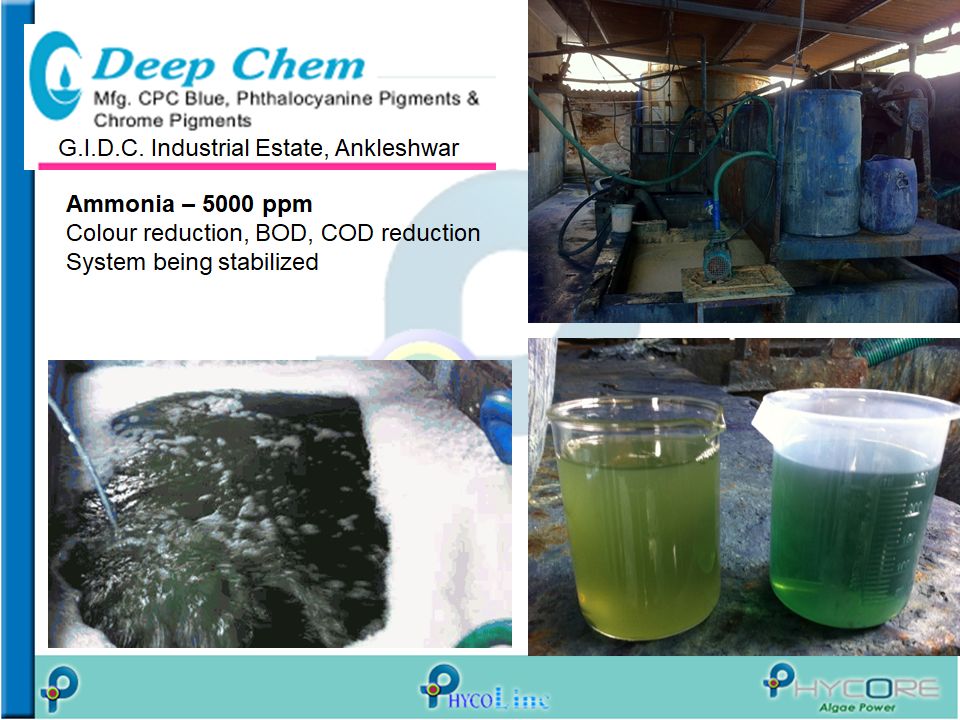
Algae based effleunt treatment plant installed at DEEP CHEM
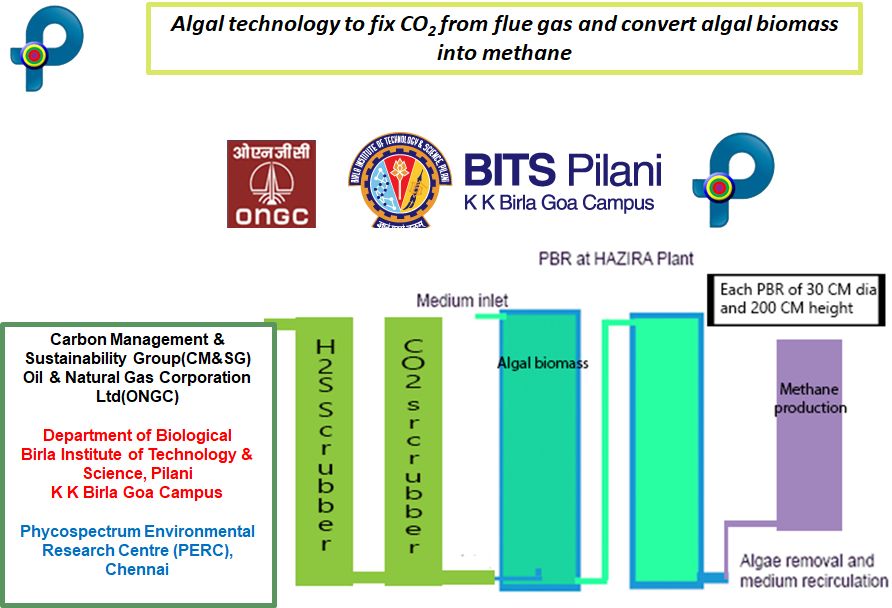
ONGC Natural gas processing unit at Hazira, Surat, India
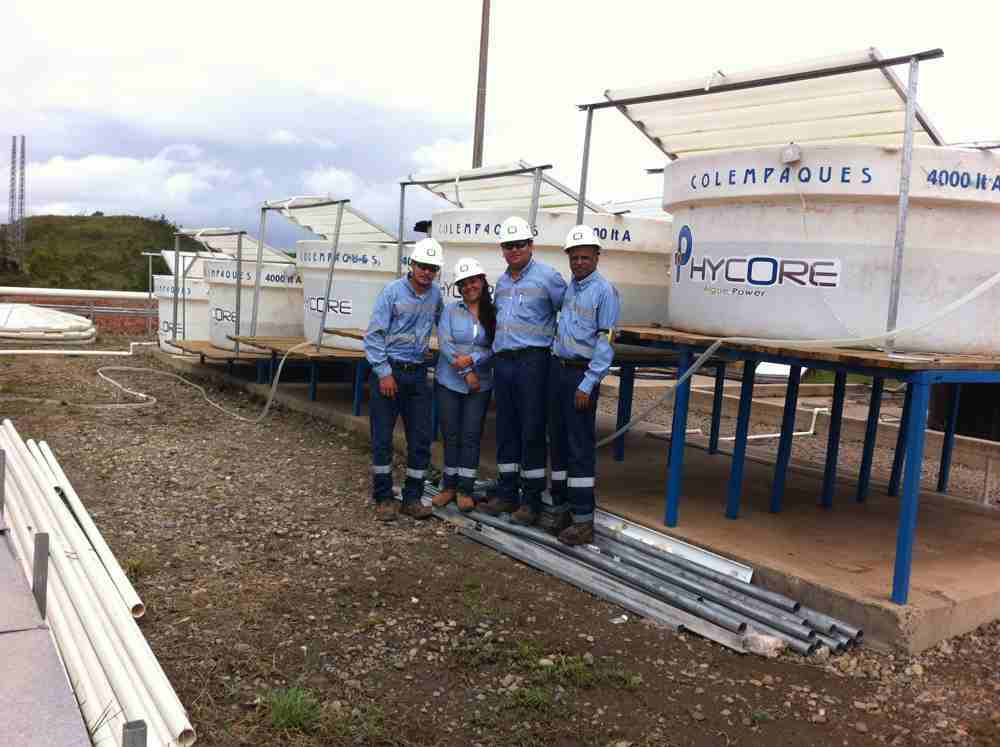
Pacific Rubiales, Colombia
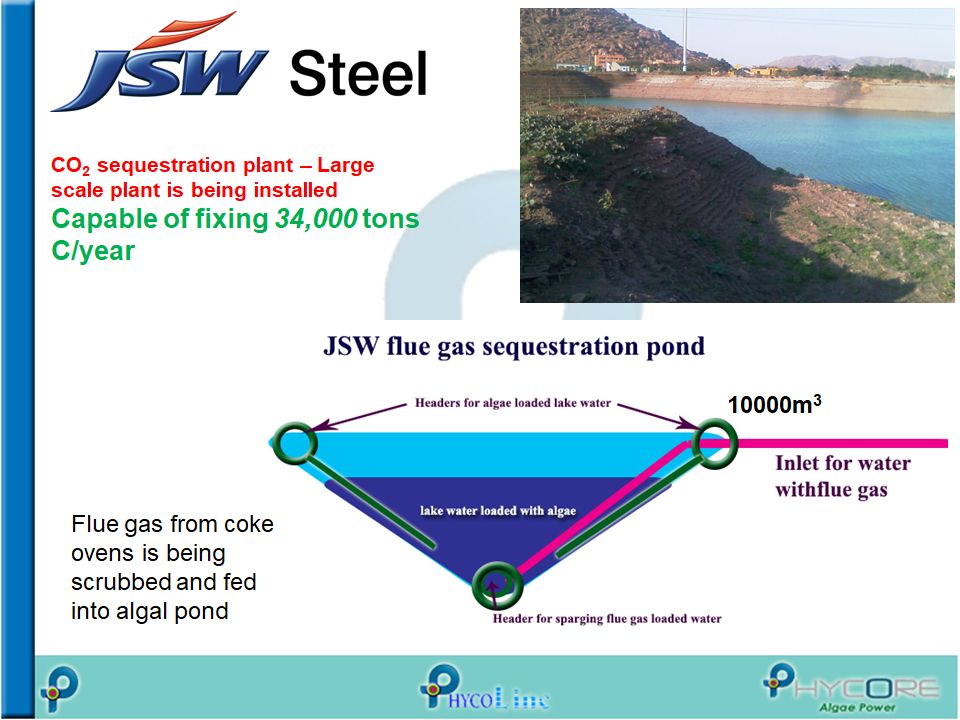
JSW Steel, Bellary, Andhrapradesh
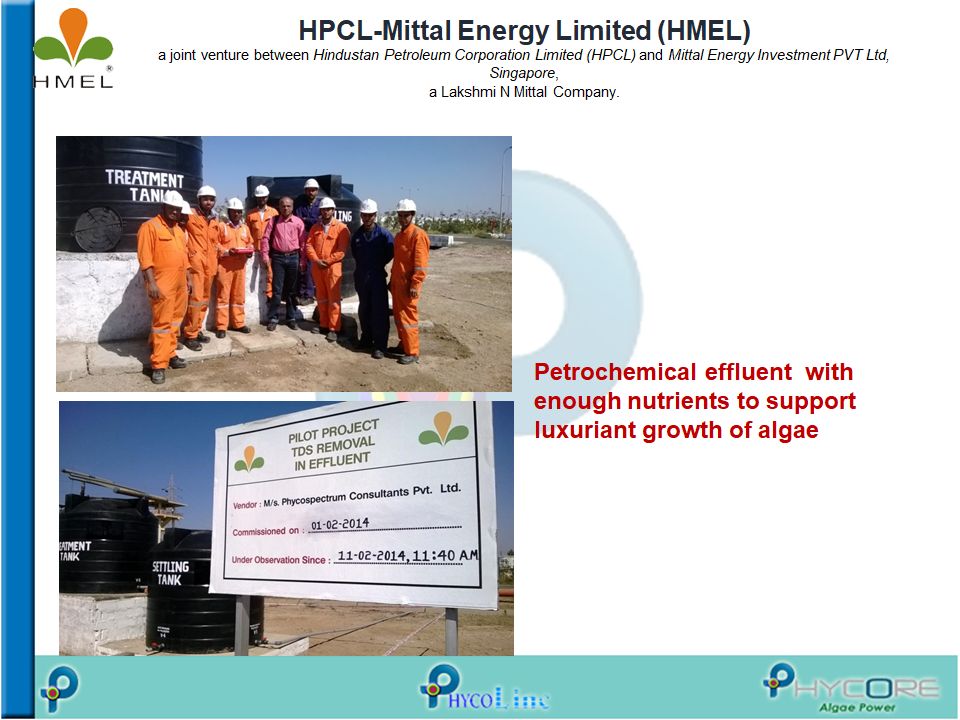
HMEL - Crude oil terminal at Mundra, Bhuj, Gujrat
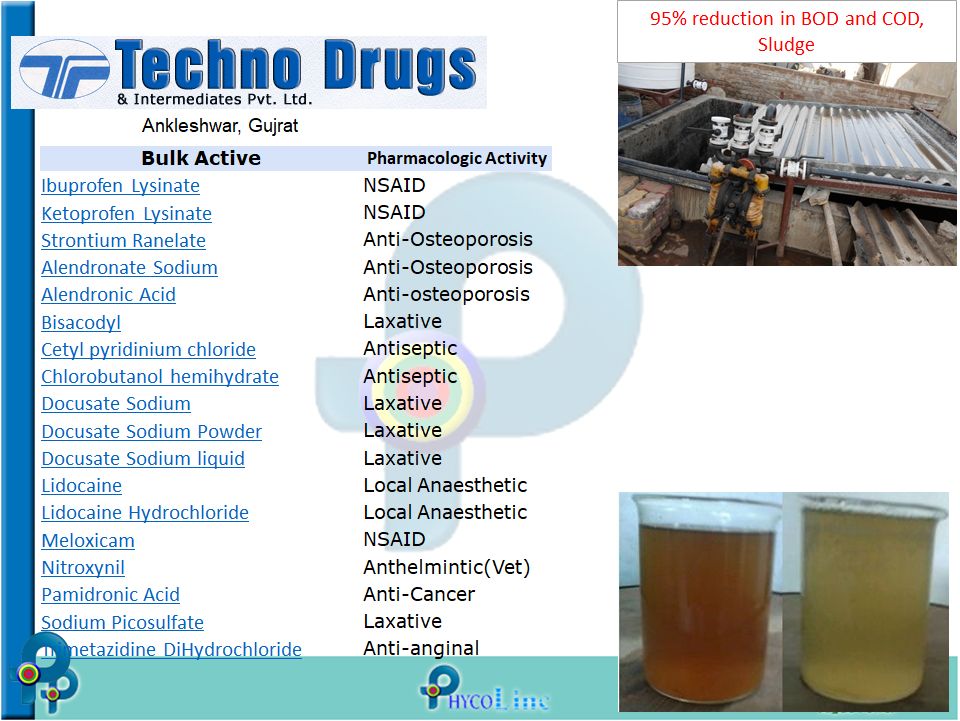
TECHNO DRUGS, Gujrat
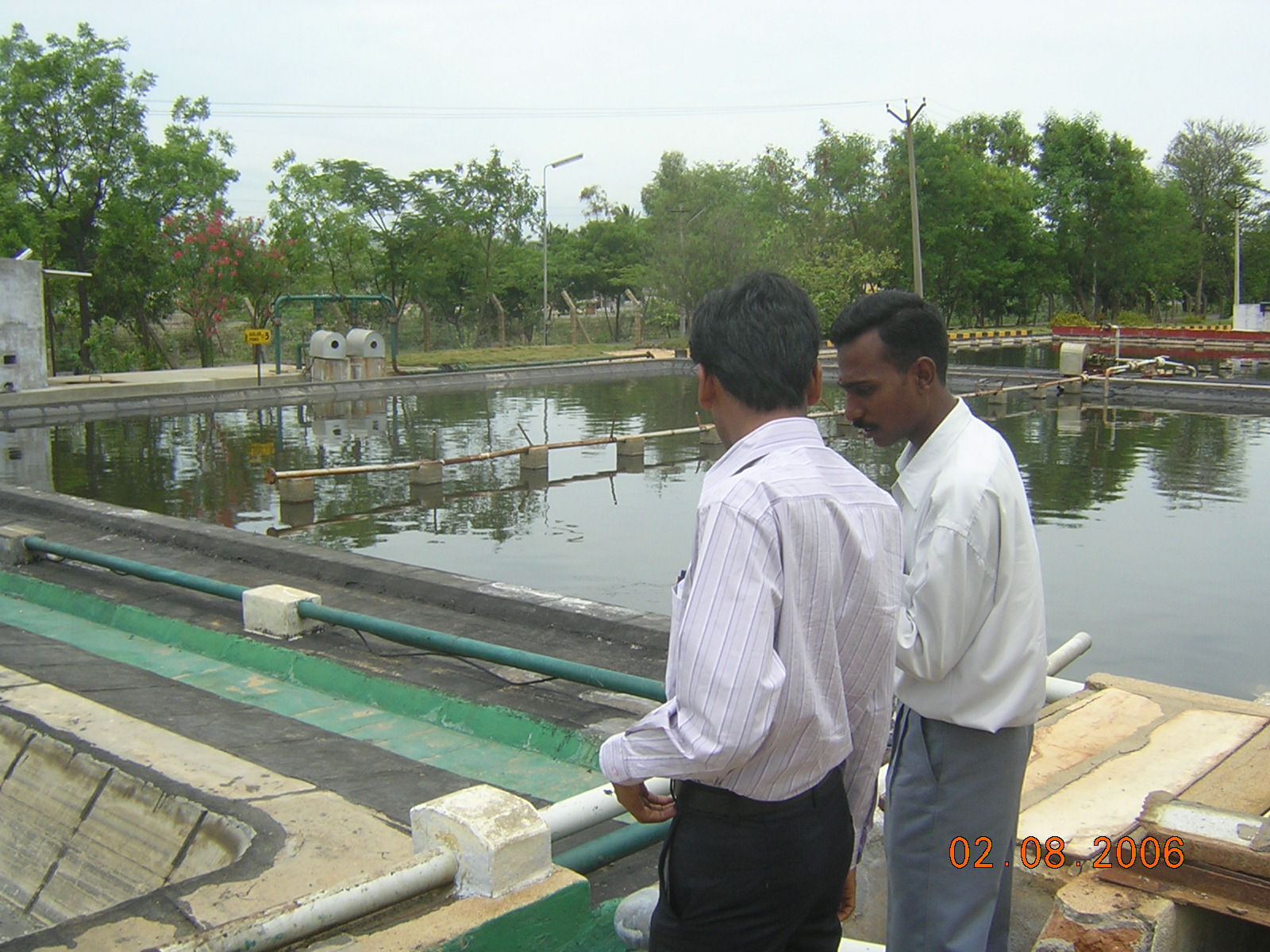
Thirumalai Chemicals, Chemical Industry at Ranipet, Tamilnadu:
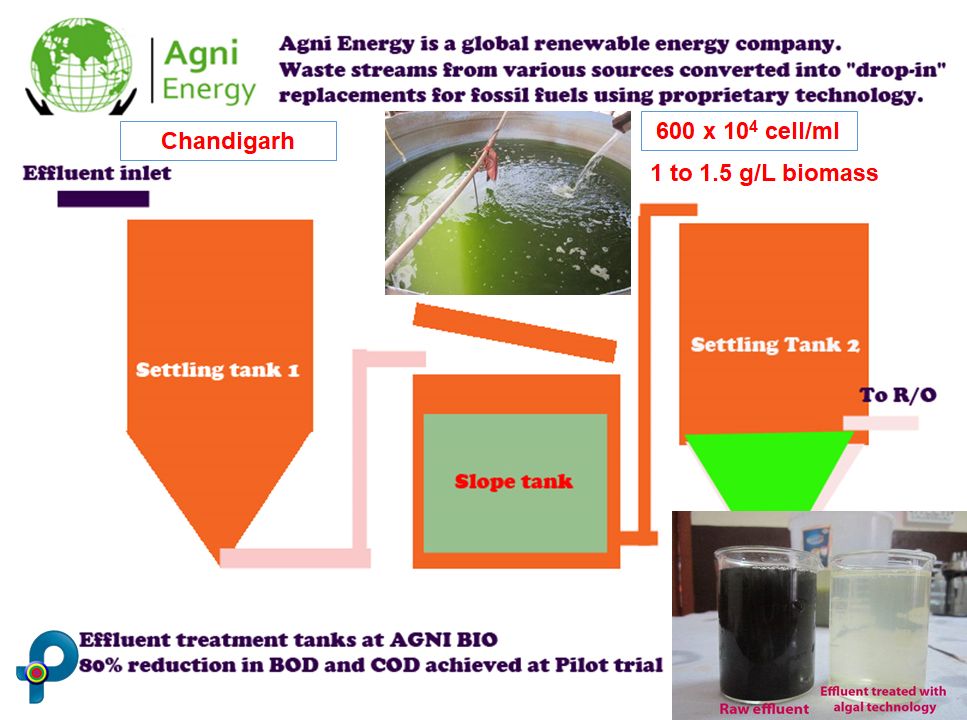
AGNI BIO -Bioenergy - Pellet industry at Chandigarh
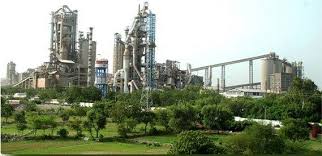
Shree Cement, Rajasthan
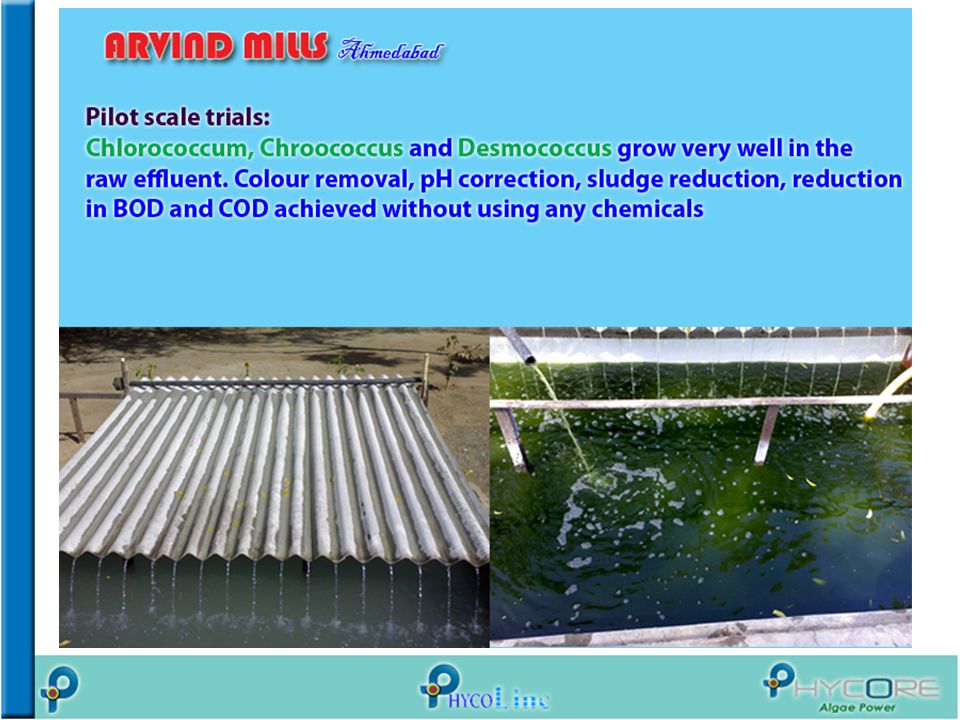
ARVIND MILLS - Ahmedabad
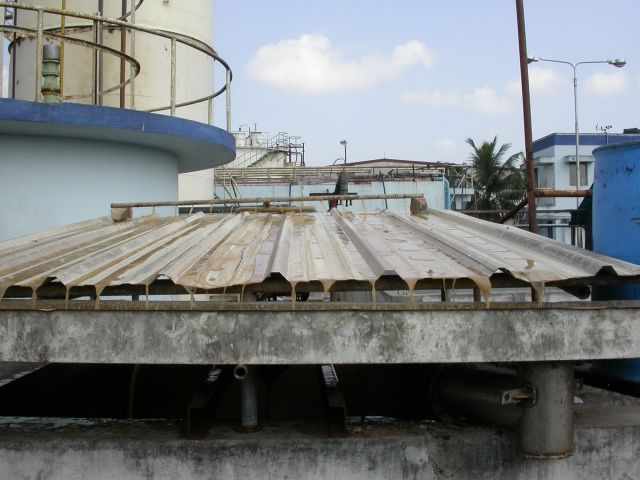
Perfetti van melle India
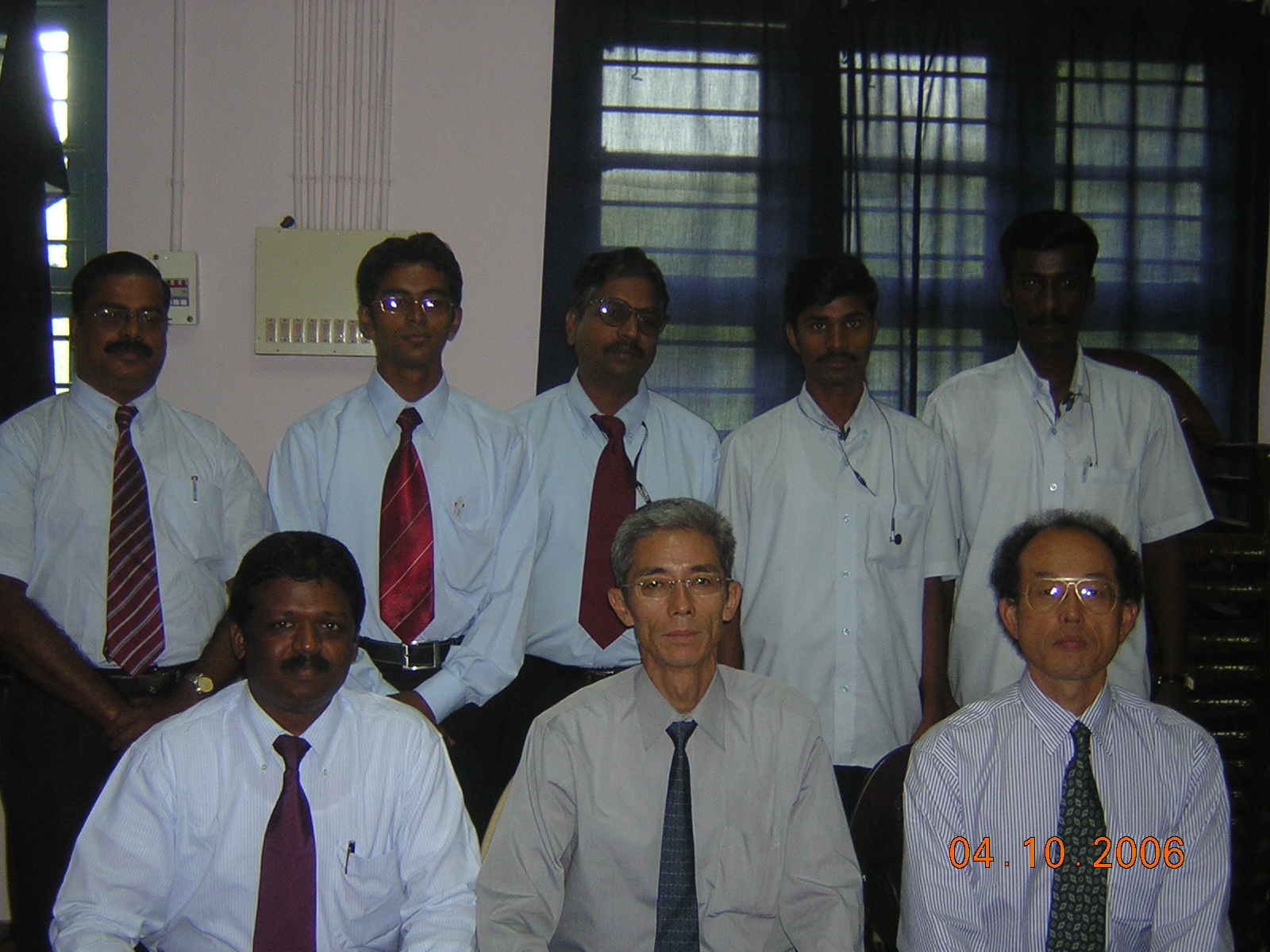
Nichi -in Biosciences M/S Nichi-In Biosciences (P) Ltd.,
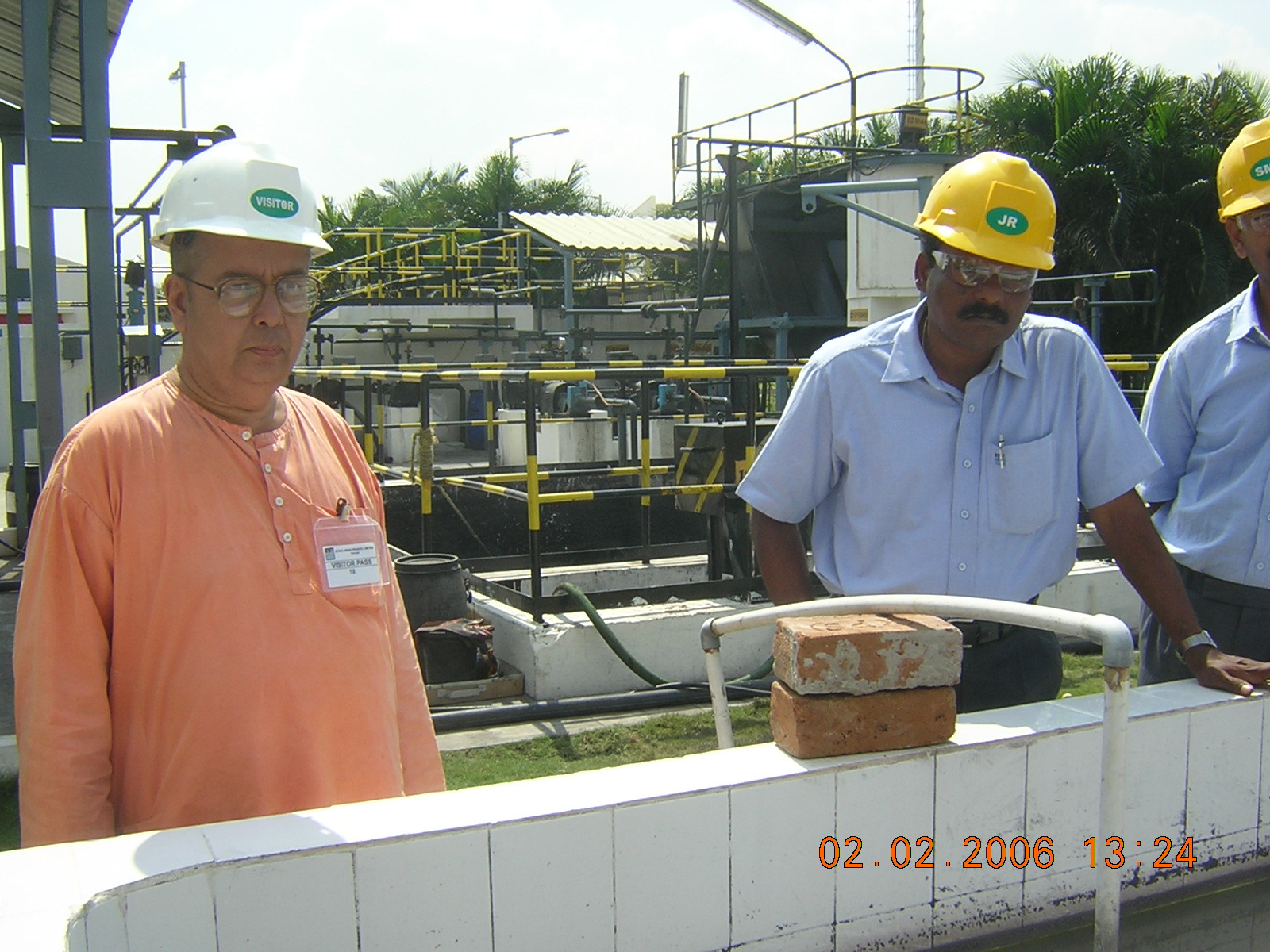
STAHL INDIA, Ranipet, INDIA
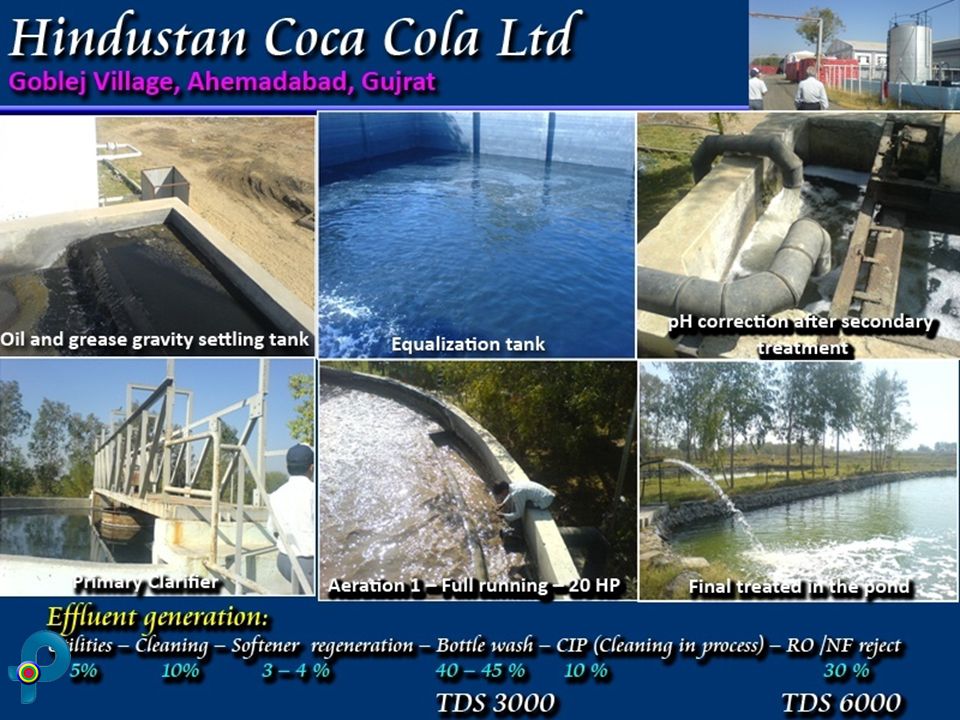
Hindustan Coca Cola, Ahmedabad
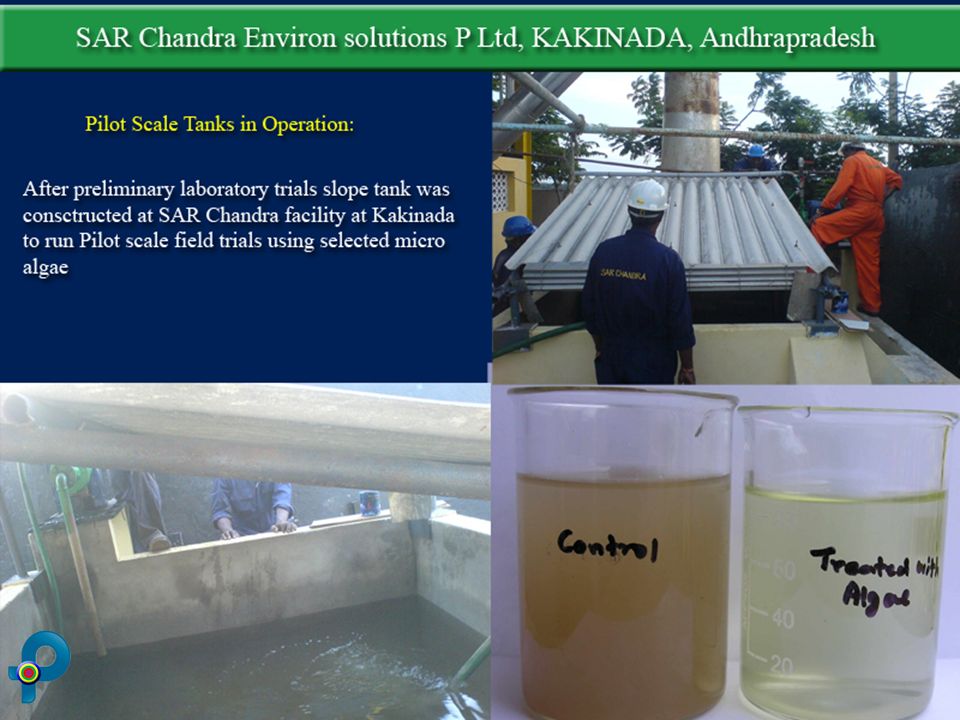
SAR CHANDRA ENVIRON SOLUTIONS, KAKINADA, ANDHRAPRADESH
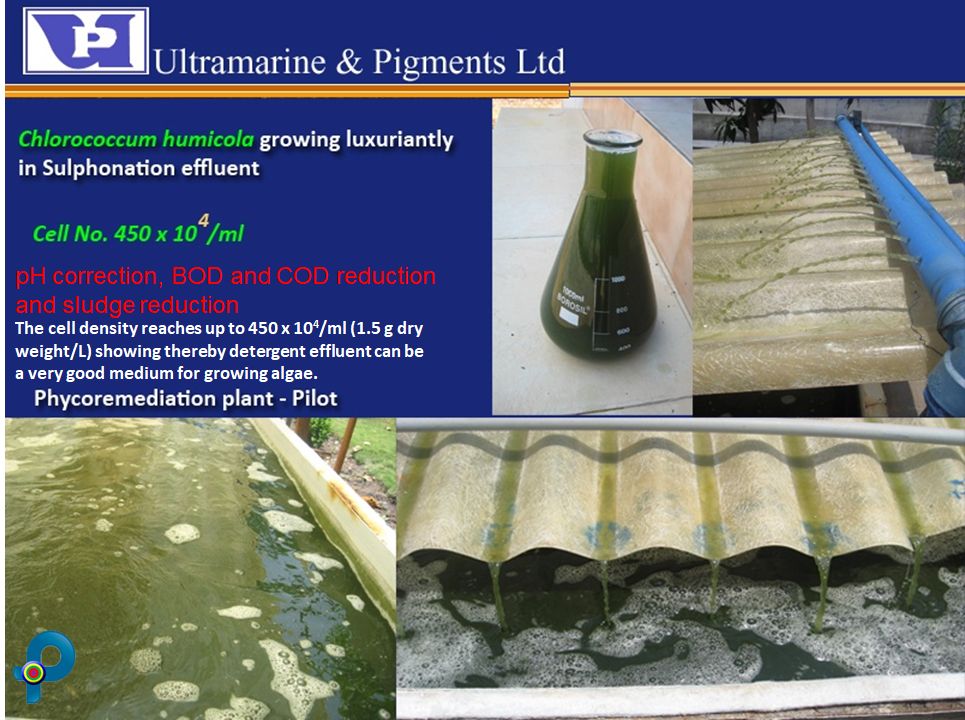
Ultramarine and Pigments Ltd Ranipet

Orchid Pharmaceuticals and chemicals Alathur
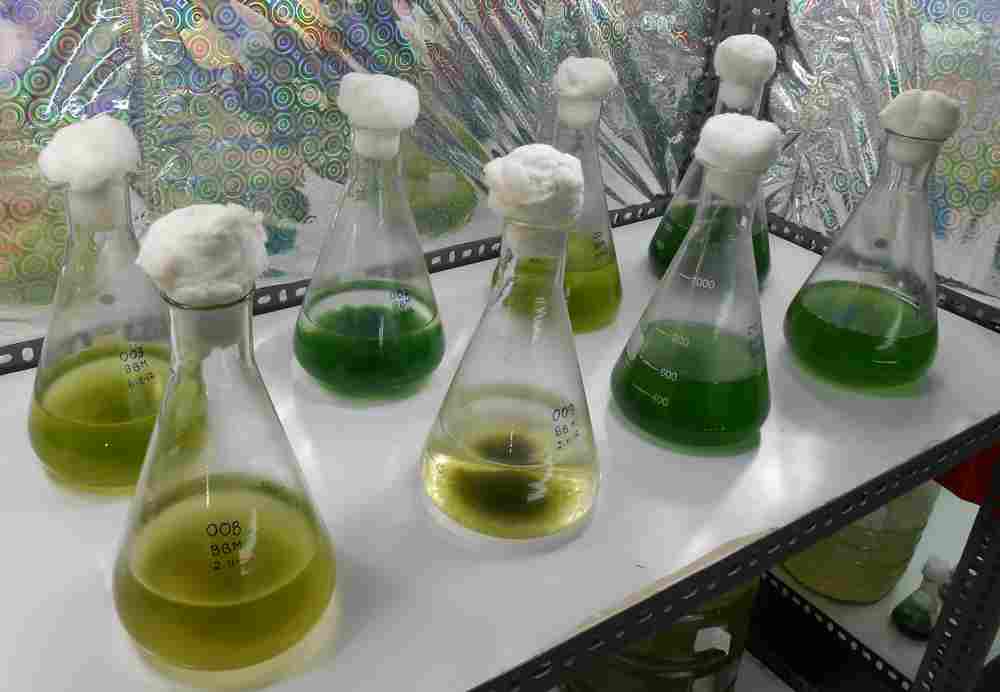
The factory uses ground water during processing at various stages to extract useful chemicals from crude sea salt. The effluent water that is discharged has a very high salinity and TDS.
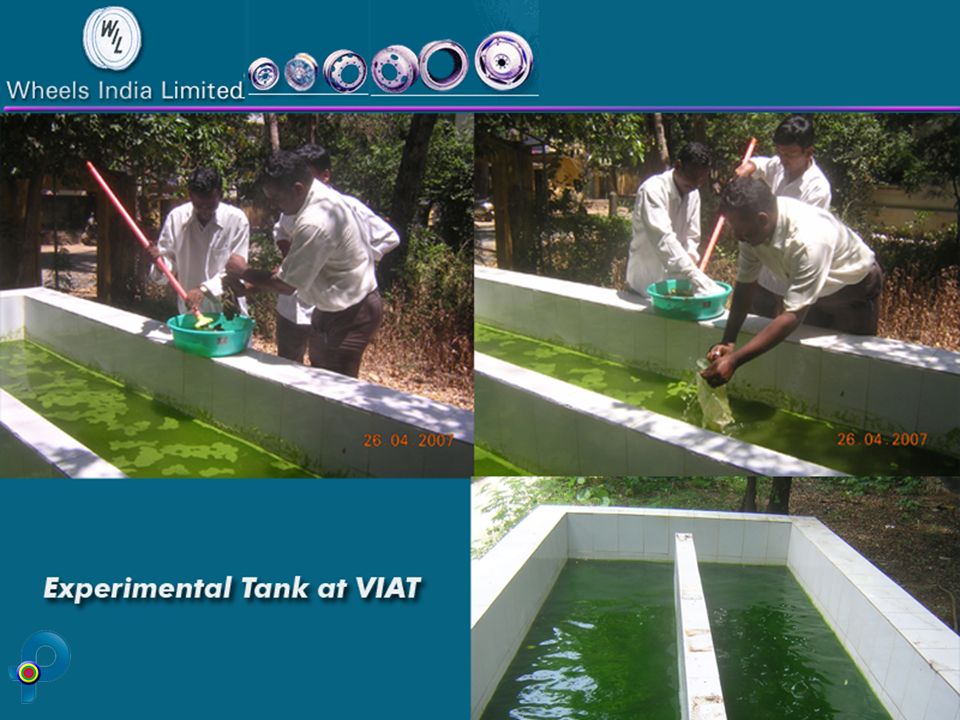
WHEELS INDIA
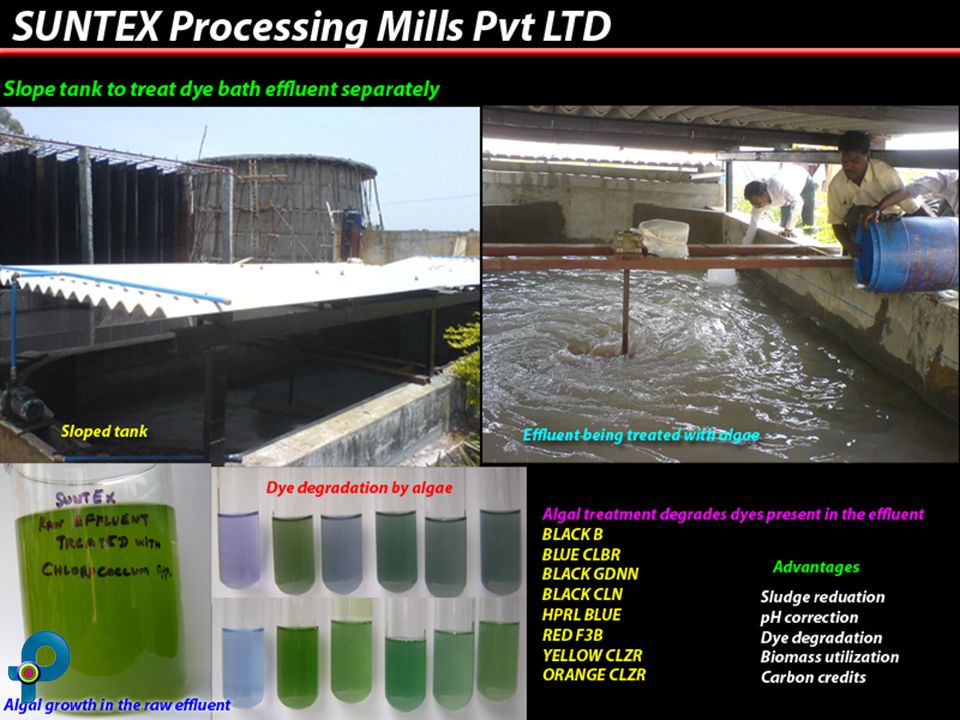
SUNTEX PROCESSING MILLS, Chennai
Dr V Sivasubramanian is exploring the possibilities of growing micro algae in domestic sewage to produce valuable algal biomass which could be converted in to biofuel. Sewage is an excellent source of nutrients for algae. Algal technology treats sewage effectively to produce valuable biomass and remove CO2 from air thereby helping in reducing global warming.Improvised photobioreacotrs have been setup and pilot trials are on. For more information click here
Rejects from desalination plants and R/O plants are evaporated using MEEs and this generates huge amounts of sludge causiing enviornmental problems while disposal. Algal technology has been developed to effeciently treat R/O rejects with high TDS with a significant reduction in sludge. Micro algal species have been identified and developed by Dr V Sivasubramanian for this purpose and tested in field conditions. PERC has recently installed a Pilot plant at Brintons Carpets, Pune to handle R/O reject with huge success.
Industries employing this technology
Phycoremediation technology is being employed in the following industries:
Implementation is carried out in three stages:
1. Laboratory level feasibility studies
2. Field level pilot scale studies
3. Scaling up to meet the industry’s requirement
Dr V Sivasubramanian, the Phycoremediologist and Director of PERC has employed this technology very successfully in a number of industries. For more details click here.
World's First Phycoremediation plant: Dr V Sivasubramanian, has set up the First Phycoremediation plant at SNAP Industry. Algal remediation technology helps in pH correction of the acidic effluent and complete reduction of sludge formation. SNAP is now a zero disposal company. The phycoremediation plant has been in operation from September 2006. The effluent generated by the industry is highly acidic and of very high TDS (40000 mg/L). The entire effluent is evaporated using slope tank with zero sludge formation. The algal biomass produced is used in Biofertilizer preparation and sold by the Company. .......(.more )